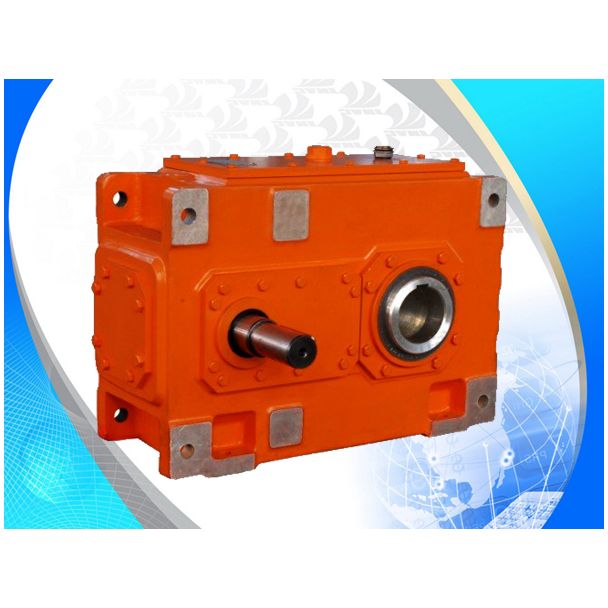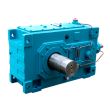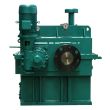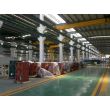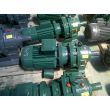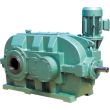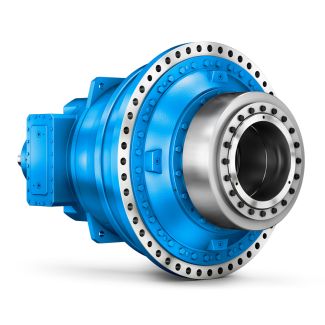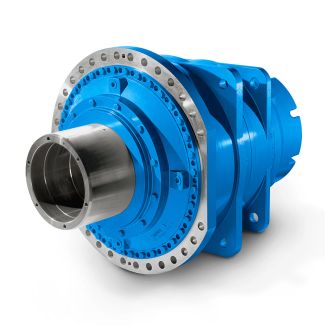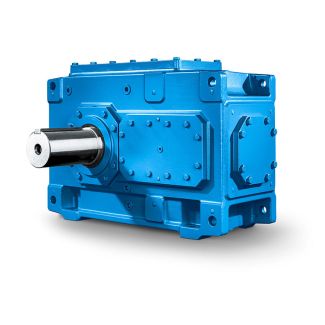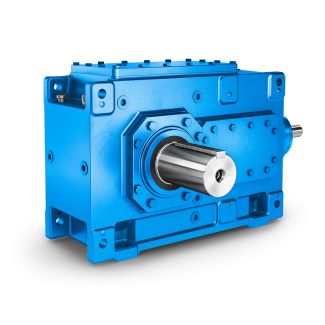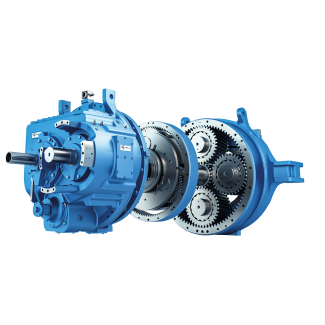B2-DH-12-D shaft with parallel key HSH m A m Bevel-helical speed reducers B2
In stock
SKU
B2-DH-12-D
$195,000.00
Flender/Flender Gear Units/Bevel-helical speed reducers B2
n- able (the temperatures of 1 OC to 1 1 OC recorded in this case were optimum) The results, arttcularly as regards the reduction and loss rates as function of the para- metersand Koundary conditions, cannot beappliedtootherfurnaces Tothisend,inves- tigations specific
as regards the reduction and loss rates as function of the para- metersand Koundary conditions, cannot beappliedtootherfurnaces Tothisend,inves- tigations specific  to the respective melting tank must be carried out beforehand 1 1 1 1 Duration: 0 1 8 - 3
to the respective melting tank must be carried out beforehand 1 1 1 1 Duration: 0 1 8 - 3  1 8 0ZH8 Subject: Non-catalytic reduction of NO with NH3 during the burning of cement Research centre: Forschungsinstitut der Zementindustrie
1 8 0ZH8 Subject: Non-catalytic reduction of NO with NH3 during the burning of cement Research centre: Forschungsinstitut der Zementindustrie  Tannenstr 2,4 Dusseldorf Government sponsorship: DM 4 6,6 0 Sponsorship ratio: 5 0 1. Purpose of the project The non-catalytic reduction of NO with NH3 in the cement industrywas first tested by Messrs. FLS, Copenhagen-Valby, The investigations did not, however, cover the influence exerted by changes in the point of NH, addition, the quantity of NH3, the secondaryfuel quantity, the air 'surplus and NH3 dispersion. Furthermore, the investigations were on1 conducted over very short periods of time, without taking into account the NH3 loss and, aJditionall , only on one type of kiln. The goal of the research project is, therefore, to record theeffectsof tiese influenc- ing variables on all types of kiln common1 used in the Federal Republic of Germany, paying particular attention to the loss of NH3 andYthe circulation behaviour of the ammonium com- pounds between the preheaterand the electrostatic,precipitator. If ammonium accumulates in the circuit, the emission of NH3 can be increased; corrosive NH, salts form, which display strong tendency to cause deposits, which, in turn, reduce the separating efficiency of the downstream gas urifier, shorten the service life of the filter internalsas result of stress corro- sion cracking an$lmpair the further use of the extracted dust. 2. Working steps The investigations were conducted on conventional cyclone preheater plant, cyclone pre- heater plant with calciner and tertiary air duct, grate preheater p
Tannenstr 2,4 Dusseldorf Government sponsorship: DM 4 6,6 0 Sponsorship ratio: 5 0 1. Purpose of the project The non-catalytic reduction of NO with NH3 in the cement industrywas first tested by Messrs. FLS, Copenhagen-Valby, The investigations did not, however, cover the influence exerted by changes in the point of NH, addition, the quantity of NH3, the secondaryfuel quantity, the air 'surplus and NH3 dispersion. Furthermore, the investigations were on1 conducted over very short periods of time, without taking into account the NH3 loss and, aJditionall , only on one type of kiln. The goal of the research project is, therefore, to record theeffectsof tiese influenc- ing variables on all types of kiln common1 used in the Federal Republic of Germany, paying particular attention to the loss of NH3 andYthe circulation behaviour of the ammonium com- pounds between the preheaterand the electrostatic,precipitator. If ammonium accumulates in the circuit, the emission of NH3 can be increased; corrosive NH, salts form, which display strong tendency to cause deposits, which, in turn, reduce the separating efficiency of the downstream gas urifier, shorten the service life of the filter internalsas result of stress corro- sion cracking an$lmpair the further use of the extracted dust. 2. Working steps The investigations were conducted on conventional cyclone preheater plant, cyclone pre- heater plant with calciner and tertiary air duct, grate preheater p| Model Type | Bevel-helical speed reducers B2 |
|---|---|
| Gear Type | Bevel Helical Gear |
| Weight (kg) | 9100.000000 |
| Ratio Range | 1 : 6.3…22.4 |
| Low Speed Output | Hollow shaft with shrink disk |
| Nominal Torque | 66300 Nm |
| Mounting Arrangements | Horizontal mounting position |
| Manufacturer | A. Friedr. Flender AG & Co. KG |
| Country of Manufacture | Nauru |
| Data Sheet & Drawings | B2-DH-12-D shaft with parallel key HSH m A m Bevel-helical speed reducers B2 |
